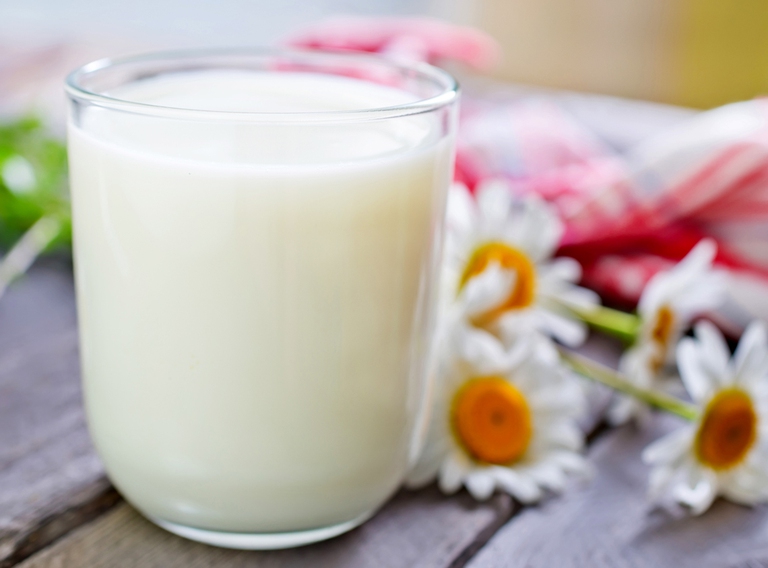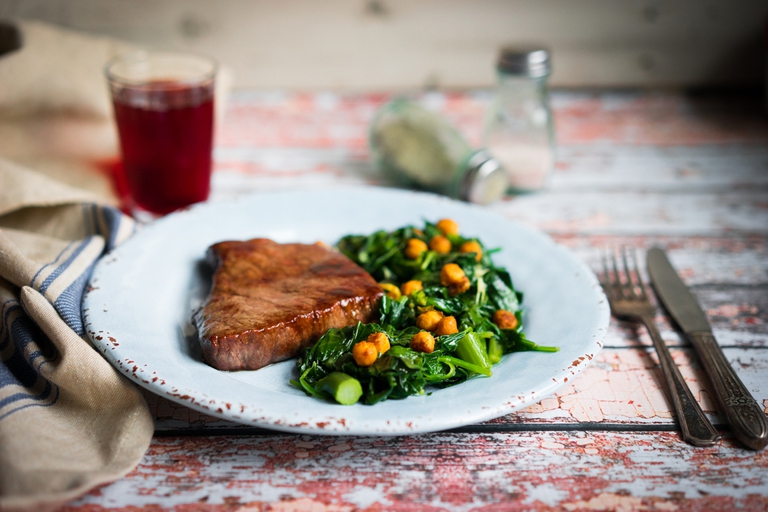
Factory farming conditions and antibiotic-resistant pathogens emerging as a result of them pose an existential threat to humans in the form of zoonotic diseases. Why it’s time to produce and consume food more thoughtfully.
A British study revealed clear differences between organic and non-organic meat and milk: the former contain 50% more omega-3 and are higher in vitamins and antioxidants.
The international team of experts at the University of Newcastle, Great Britain, reviewed 196 pieces of research on milk and 67 on meat and they concluded that, compared to non-organic meat and milk, the organic alternatives offer 50% more omega-3 fatty acids (which are believed to reduce the risk of heart disease, improve brain development and protect the immune system) and lower levels of two types of fat that promote heart diseases. The study, published in the British Journal of Nutrition, also highlighted that organic milk is richer in vitamin E, iron, carotenoids and conjugated linoleic acid.
According to scientists, the differences between organic and conventional products depend on the fact that organic livestock eat grass, which is rich in fats that are useful for their growth, rather than the feed used in the factory farming industry.
“Several of these differences stem from organic livestock production and are brought about by differences in production intensity, with outdoor-reared, grass-fed animals producing milk and meat that is consistently higher in desirable fatty acids such as the omega-3s, and lower in fatty acids that can promote heart disease and other chronic diseases”, Carlo Leifert, professor at the Newcastle University, explained.
But scientists also discovered that organic milk contains 74% less iodine than conventional milk. This difference depends again on what the animals eat: the animals raised with conventional methods eat feed rich in iodine. EFSA recommended reduced levels of iodine in animal feed because “adding iodine to it shouldn’t be considered a way of preventing iodine deficiency. By adding this substance to animal feed everybody passively takes iodine: those who suffer from iodine deficiency as well as those who may suffer from iodine excess”.
Siamo anche su WhatsApp. Segui il canale ufficiale LifeGate per restare aggiornata, aggiornato sulle ultime notizie e sulle nostre attività.
![]()
Quest'opera è distribuita con Licenza Creative Commons Attribuzione - Non commerciale - Non opere derivate 4.0 Internazionale.
Factory farming conditions and antibiotic-resistant pathogens emerging as a result of them pose an existential threat to humans in the form of zoonotic diseases. Why it’s time to produce and consume food more thoughtfully.
The world of cinema recognises the link between food choices and the climate crisis by offering vegan menus for awards season events, including at the most important of them all: the Oscars.
Let’s look at the reasons behind the growth of veganism in India, as a small yet vocal section of the population turns towards this diet and lifestyle in the largest milk producing country in the world.
by Jeffrey Y. Campbell, Manager of the Forest and Farm Facility at FAO In the Ecuadorian Amazon, Kichwa farmers grow dozens of products on tiny parcels of land. Their lands hum with biodiversity, yielding nutritious foods that have sustained families for generations. Wandering among fruit and nut trees and crops, these indigenous agroforesters fill their baskets
Mint has many health benefits, but in food it’s often accompanied by artificial green colourings. Instead, Galatea has created a green mint ice cream in a completely natural way.
We’re talking about Galatea, a company that produces semi-finished products for artisanal ice creams using high quality ingredients, natural colouring, excluding thickeners and hydrogenated fats, respecting the environment and supporting the less fortunate.
The mad rush to fake food, like fake meat made with genetically-modified soy, ignores the importance of the diversity of our foods and culinary cultures. It’s a recipe to accelerate the destruction of the Planet and our health.
Like with all foods, the quality of an ice cream can be discerned by reading its label. An expert explains how to do this, and tells us how their company steers clear of chemicals, using only natural ingredients to produce an excellent and “free” ice cream.
Quality ingredients, no artificial colouring and hydrogenated fats. These are the main features of a great ice cream. But what makes an ice cream parlour “good”, i.e. sustainable?










